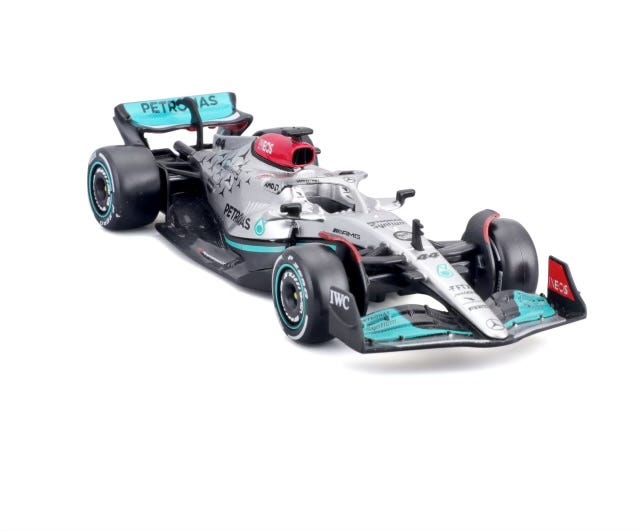Sustainability at the Edge
A look into racing teams developing and building their cars and systems around sustainability and cost restraints.
F1 Section
When you think about sustainability what comes to mind? Carbon emissions?, recyclable materials, less waste, profitability? All of these are correct but how do they translate to F1? Some of these will be discussed here alongside how cost caps has contributed to it.
Flights!, lots of flights comes as a consequence of competing in different countries and these cost not just money but produces more carbon footprint. The Cost Cap introduced to F1 has well as ESG (Environment Social Government) scoring has pushed teams to aim at reducing the number of flights by transporting less dispensable workforce per race and finding environmentally friendly transport modes/fuels for their equipment (Cloud computing parts and Car parts).
Teams also do not have the luxury of building multiple car parts just to end up using one. The budget cap makes it such that teams will rather focus on making one front wing that works for example. Every dollar counts. Whilst these might “limit their freedom”, it helps create focus and responsible spending which translates to business profitability. More teams are becoming profitable because of this.
ML Section
Using the most affordable green fuel, less flights, less dispensable personnel per flight, predicting number flights for the year all sound like regression tasks, minimising some objective function. To approach this problem, I will start with the budget allocated to logistics and how that number can be minimised. Some will aim to make the most of that number. Asides that, another way to approach this problem is to maximise the ESG score as a regression task or and the ESG rating as a classification problem using a cascade design pattern.
To avoid overcomplicating/overfitting the problem, utilising an ensemble design pattern like bagging will suffice. This simply works by training a series of k similar models on k separate datasets and further aggregating the outputs of the k models to determine the best outcome. Since each of the initial models will not make the same mistakes on the test dataset hypothetically, averaging their results helps to cancel out each models’ specific errors. It is similar to having a board of directors who work together to suggest the best strategy only this time it is models. There is wisdom in the crowd. This helps to avoid overfitting the problem.
Summary
Budget caps help F1 teams become sustainable and therefore profitable.
Optimising team budget using a machine learning approach can be useful in helping teams become more sustainable and therefore more profitable.


